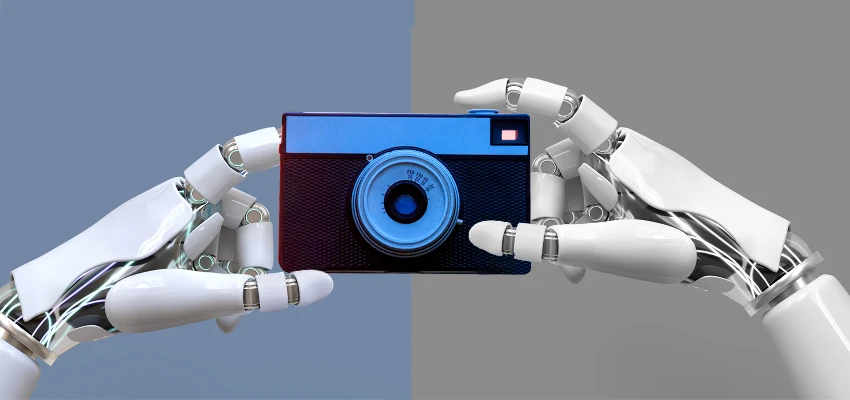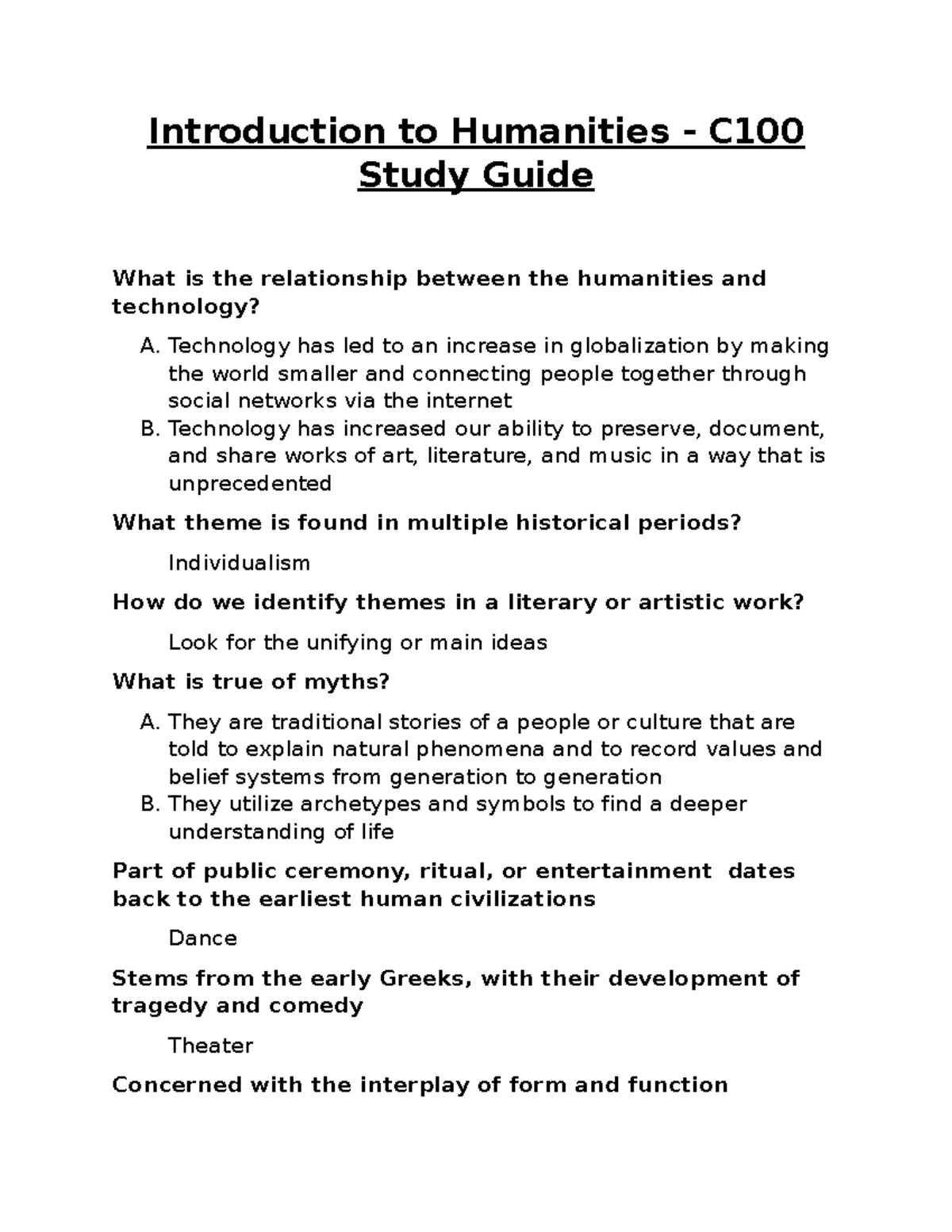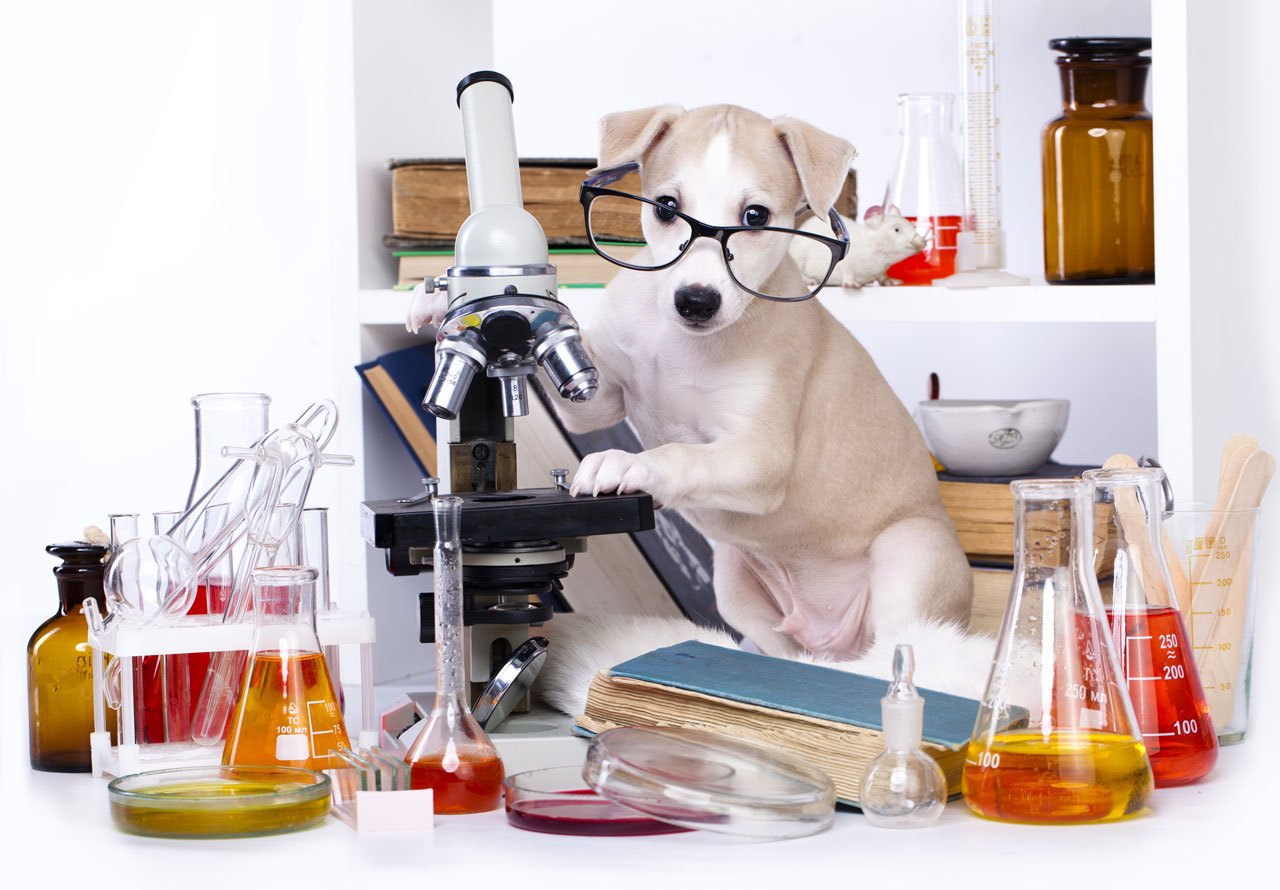AI in photojournalism is rapidly transforming the landscape of visual storytelling, presenting both challenges and exciting opportunities. While concerns about misinformation and copyright violations loom large, innovative thinkers like Kira Pollack are harnessing this photography technology to protect and preserve invaluable photography archives. As photojournalists face the ongoing threat of fading recognition, AI has the potential to enhance the way we curate and access historical imagery, turning dusty archives into vibrant, accessible records of our shared humanity. Pollack’s groundbreaking work highlights the importance of striking a balance between AI ethics in photography and the integrity of photojournalism, ensuring that these powerful tools serve to amplify the truth rather than diminish it. With an eye on preserving the visual narratives of significant past events, the dialogue around AI’s role in photojournalism is more critical than ever.
The integration of artificial intelligence into visual journalism marks a pivotal shift in how we engage with images that shape our understanding of the world. Emerging technologies provide unprecedented capability to analyze and curate vast collections of photographs, fostering new dialogues about the preservation of visual history. Kira Pollack, a prominent figure in this field, emphasizes the dual nature of AI: it can either undermine the authenticity of photography or enhance our ability to safeguard the legacies of renowned photojournalists. By navigating the complex photojournalism challenges alongside advancing technologies, we can explore ethical considerations that ensure these innovations promote transparency and protect the artistry of photography. As we delve into this evolving landscape, the potential of AI offers creative avenues to enrich our appreciation for photojournalistic archives while safeguarding the truths they convey.
The Impact of AI in Photojournalism
Artificial Intelligence is revolutionizing the field of photojournalism, offering both unprecedented opportunities and significant challenges. Kira Pollack, a prominent figure in visual storytelling and a Shorenstein fellow, argues that while AI poses risks such as copyright infringement and the emergence of synthetic imagery that can undermine public trust, it can also serve as a powerful tool for preserving the authenticity of photojournalism. By leveraging AI technology, photojournalists may find new ways to archive, categorize, and safeguard their images, ensuring that the visual history of our times is not lost to the waves of misinformation.
The question remains, however: how can we harness AI’s capabilities ethically, without detracting from the core values of photojournalism? As Pollack embarks on her research, she emphasizes a dual focus: understanding AI’s potential to enhance the preservation of photography archives while also embracing an ethical framework that respects the original creators. This intersection of technology and ethics is critical, particularly as photojournalists navigate a landscape marked by evolving technology and shifting public perceptions of visual authenticity.
Preserving Photography Archives: A Critical Challenge
The preservation of photography archives is a pressing issue for photojournalists who hold the keys to visual history. Kira Pollack points out that many archives contain vast collections of images that have never been published, records of significant events that may never resurface without proper digital organization. Just as dusty boxes once represented this historical wealth, today’s digital storage poses its own threats: data degradation, outdated formats, and a lack of accessibility for future generations. As Pollack navigates these challenges, she highlights the opportunity for AI to transform such archives into dynamic, interactive repositories.
Through collaborations with professionals like war photographer Christopher Morris, Pollack’s work focuses on using AI to analyze and catalog photographs in a way that enhances their contextual understanding. With AI’s ability to analyze intricate narratives, historical contexts, and emotional subtleties, it can contribute significantly to the effective archiving of these invaluable images. The ultimate goal is to create a system that not only preserves the physical integrity of photographs but also honors the stories behind them, ensuring that future audiences can access and appreciate the rich tapestry of our visual history.
AI Ethics in Photography: Balancing Innovation and Integrity
As technology progresses, the ethical implications of AI in photography are at the forefront of Kira Pollack’s research. While AI can breathe new life into photojournalism by improving access to historical works, it also raises essential questions about ownership, reproduction, and the authenticity of images. Concerns about unauthorized use of copyrighted photographs to train AI models are pressing issues that threaten the livelihood of photographers. Pollack argues that these issues must be addressed head-on to ensure that the photography community is not merely reactive to technological advancements but proactive in protecting their rights.
In her studies, Pollack explores how AI can be used as a protective measure rather than a risk. By emphasizing ethical practices, she seeks to delineate how photojournalism can adapt to technological innovations while still upholding its foundational values. The conversations around AI ethics in photography are vital not only for the creators but for the audiences who engage with the visual narratives that tell the story of our society. This pursuit of ethical technology usage aligns with the core tenet of journalism — fostering trust through accurate and responsibly-curated content.
Navigating Photojournalism Challenges in the Digital Age
The challenges faced by photojournalists are deepening as digital technology evolves and the nature of news consumption changes. Kira Pollack has observed this transformation firsthand, noting that the prevalence of AI-generated imagery can blur the lines between fact and fiction. In an era where information is disseminated rapidly across social media, the risk of misinformation grows. Traditional photojournalism must adapt to these challenges, requiring new strategies not only for image production but also for the verification and context that accompanies each photograph.
Pollack’s current fellowship focuses on addressing these challenges through research on how AI tools can improve integrity in photojournalism. By examining case studies that involve politically charged environments and significant historical events, Pollack aims to develop frameworks that help photojournalists remain credible. This adaptability in the face of technological disruption is essential for the future of journalism, as it will shape the way narratives are constructed and communicated—a necessity in preserving truth and trust.
The Future of Photography Technology in Journalism
As we look to the future, the integration of photography technology and AI will become increasingly critical for photojournalism. Kira Pollack emphasizes that understanding and leveraging these technologies can lead to better storytelling and a stronger connection to the audience. The challenge lies in ensuring that this rapidly evolving technological landscape aligns with the ethical imperatives of responsible journalism. AI offers unprecedented tools for enhancing image analysis and data organization, but integrating them in a way that respects photographers’ rights and maintains trust will be pivotal.
The future of photography technology in journalism is not merely about embracing innovation; it is about using these tools to elevate the standards of practice within the industry. Pollack’s work aims to set an agenda that encourages the photojournalism community to fully explore these innovative solutions while critically assessing the implications they bring. By navigating this dual path of technological advancement and ethical responsibility, professionals can pioneer a new era in photojournalism that honors the past while confidently marching forward.
Collaboration and Collective Memory in Archiving
The act of preserving photography archives transcends individual photographer efforts; it demands collaboration across various sectors including journalism, technology, and ethics. Kira Pollack’s work at the Shorenstein Center highlights the invaluable role of dialogue among technologists, ethicists, and journalists, creating a space where collective memory can thrive. Through partnerships and shared goals, the photography community can harness AI not just to preserve images, but to create an encompassing narrative that reflects the complexities of the human experience.
By fostering collaborative efforts, Pollack aims to redefine how archives are perceived and utilized—not as static collections but as dynamic storytellers that evolve with cultural narratives. This renewed perspective encourages a greater appreciation for the histories held within these archives and emphasizes the need for technologies that are inclusive and accessible. It is through these collective efforts that the future of photojournalism can be secured, allowing for a richer engagement with both the present and the historical moments captured.
AI’s Role in Enhancing Visual Storytelling
Artificial Intelligence holds the potential to revolutionize visual storytelling within photojournalism, as Kira Pollack explores in her research. By applying AI to the analysis of photographs, it can uncover underlying narratives, emotional contexts, and relevant historical references that may not be immediately apparent to viewers. This capability not only enriches the audience’s experience but also empowers journalists to tell deeper, more resonant stories through their images. Pollack’s experiments aim to find ways to showcase the intent and voices of photographers while making their work accessible to a wider audience.
The integration of AI into visual storytelling is not without its challenges, however. Ensuring that AI tools are used in a way that complements rather than replaces human creativity is essential. Pollack’s work underscores the importance of authenticity and personal storytelling, aligning technological advancement with the unique perspectives of photographers. As AI continues to evolve, fostering an environment where human creativity and technological innovation coexist will be crucial for maintaining the journalistic integrity of the visual media we consume.
Engaging the Next Generation of Photojournalists
Training and engaging the next generation of photojournalists is vital for the continuance and evolution of the craft in the face of digital disruption. Kira Pollack emphasizes the need for educational frameworks that incorporate new technologies while reinforcing the ethical standards that define journalism. By equipping aspiring photojournalists with both technical skills and a strong ethical foundation, we can better prepare them to navigate the complexities of a rapidly changing media landscape.
Pollack’s role as a mentor and leader intersects with her research, as she advocates for programs that integrate AI literacy into photography curriculums. Such initiatives will not only enhance storytelling capabilities but also instill a critical approach toward the utilization of emerging technologies. The next generation has the potential to lead when it comes to ethical photography practices, championing a movement that prioritizes truth, accuracy, and respect for history in all visual journalism.
Transforming Visual Archives for Future Generations
The future of photography archives hinges upon their ability to adapt and transform in ways that resonate with contemporary audiences. Kira Pollack’s work reflects a vision for these archives that emphasizes accessibility, narrative depth, and ethical stewardship. By utilizing AI and other emerging technologies, the goal is to create immersive experiences that not only present images but allow viewers to engage with the context and stories behind them. This potential transformation can lead to a renewed interest and appreciation for the visual history depicted in these archives.
Moreover, Pollack recognizes the importance of preserving these archives for future generations. As the photography landscape undergoes constant change, ensuring that past work remains relevant and accessible is crucial. Through innovative approaches and responsible technological integration, she aims to inspire others in the field to recognize the value of their contributions. In doing so, they can help secure the place of photography as a vital part of our cultural and historical narrative.
Frequently Asked Questions
How is AI influencing photojournalism and its archives?
AI is profoundly impacting photojournalism by offering innovative solutions for preserving photography archives. As Kira Pollack emphasizes, while AI presents challenges such as copyright issues and the blurring of visual truth, it also holds the potential to protect and organize extensive photojournalistic works, ensuring that these vital records remain accessible and recognized.
What are the ethical implications of using AI in photojournalism?
AI ethics in photography revolves around the responsible use of technology to safeguard authorship and authenticity. Concerns include ensuring that photographers’ works are not misappropriated for AI training and maintaining public trust in visual narratives. Kira Pollack’s research seeks to examine these ethical dilemmas and explore how AI can be used to uphold the core values of photojournalism.
Can AI help catalog and contextualize photojournalism archives effectively?
Yes, AI can play a crucial role in cataloging and contextualizing photojournalism archives. Pollack’s experiments with AI demonstrate its ability to interpret complex conflict photography and generate insightful analyses, which can help make underutilized photographic collections more accessible and informative for future generations.
What challenges does photojournalism face in the age of AI?
Photojournalism challenges in the age of AI include the risk of images being misused or manipulated, raising questions about authenticity and copyright. Additionally, the rapid spread of AI-generated images can erode public trust, complicating the landscape for genuine photojournalistic efforts aiming to document reality.
How can AI support the work of photojournalists like Kira Pollack?
AI can support photojournalists by enhancing their ability to analyze and preserve their archives while providing tools for organizing and interpreting vast collections of imagery. Kira Pollack’s research focuses on leveraging AI to reinforce the integrity and visibility of exceptional photojournalistic contributions, ensuring they are recognized and celebrated.
What role does Kira Pollack envision for AI in the future of photojournalism?
Kira Pollack envisions AI as a tool that complements and safeguards photojournalism rather than undermining it. By engaging with technology critically, she aims to explore how AI can enhance the preservation of photo archives while concurrently addressing the challenges of authenticity, authorship, and the ethical use of imagery.
How does the emergence of AI technologies affect public trust in photojournalism?
The emergence of AI technologies creates legitimate concerns regarding public trust in photojournalism because of the potential for fake or misleading images to circulate widely. Kira Pollack stresses the importance of using AI to protect and authenticate real photojournalism to mitigate these concerns and reinforce the visual truth.
In what ways can AI help illuminate the narrative behind photojournalism?
AI can help illuminate narratives behind photojournalism by providing deeper insights into the context and emotional undertones of an image, beyond simple labeling. This capability can foster a richer understanding of the storytelling aspects of visual journalism, which is central to the work performed by professionals like Kira Pollack.
What potential does AI have for preserving the legacies of influential photojournalists?
AI holds significant potential for preserving the legacies of influential photojournalists by making their extensive archives more organized and accessible. By using advanced algorithms to analyze and categorize these works, AI can help ensure that the historically significant images of photojournalists are maintained and appreciated long into the future.
How does Kira Pollack’s work exemplify the intersection of AI and photojournalism?
Kira Pollack’s work exemplifies the intersection of AI and photojournalism by exploring innovative ways to leverage technology for preserving and enhancing the visibility of photojournalistic archives. Her initiative aims to harness AI’s capabilities to navigate the complexities of modern photography challenges while reinforcing the values of truth and authenticity.
| Key Points | ||||
|---|---|---|---|---|
| AI poses threats to photojournalism through copyright issues and synthetic images that blur reality. | Kira Pollack, a leading visual storyteller, is researching how to use AI to preserve photojournalism archives. | Pollack’s work underscores the importance of understanding AI technology for both its potential and risks in photography. | AI can analyze and provide context to complex photojournalism images, showing potential for preserving narrative. | Pollack aims to dialogue with interdisciplinary thinkers to address ethical concerns and the future of photojournalism. |
Summary
AI in photojournalism presents a dichotomy of challenges and opportunities. While AI technologies threaten the integrity of visual storytelling through issues of copyright and the proliferation of synthetic images, they also hold the potential to revolutionize how photojournalists preserve their invaluable archives. Kira Pollack’s advocacy for harnessing AI to catalog and contextualize the vast bodies of work created by photojournalists signifies a hopeful shift towards utilizing these tools to uphold the core values of truth and authenticity in journalism. As the field grapples with the implications of AI, it is crucial for professionals to engage in discussions that balance innovation and ethical considerations, ensuring that the art of photojournalism is not only preserved but also enriched in the face of technological advancement.



